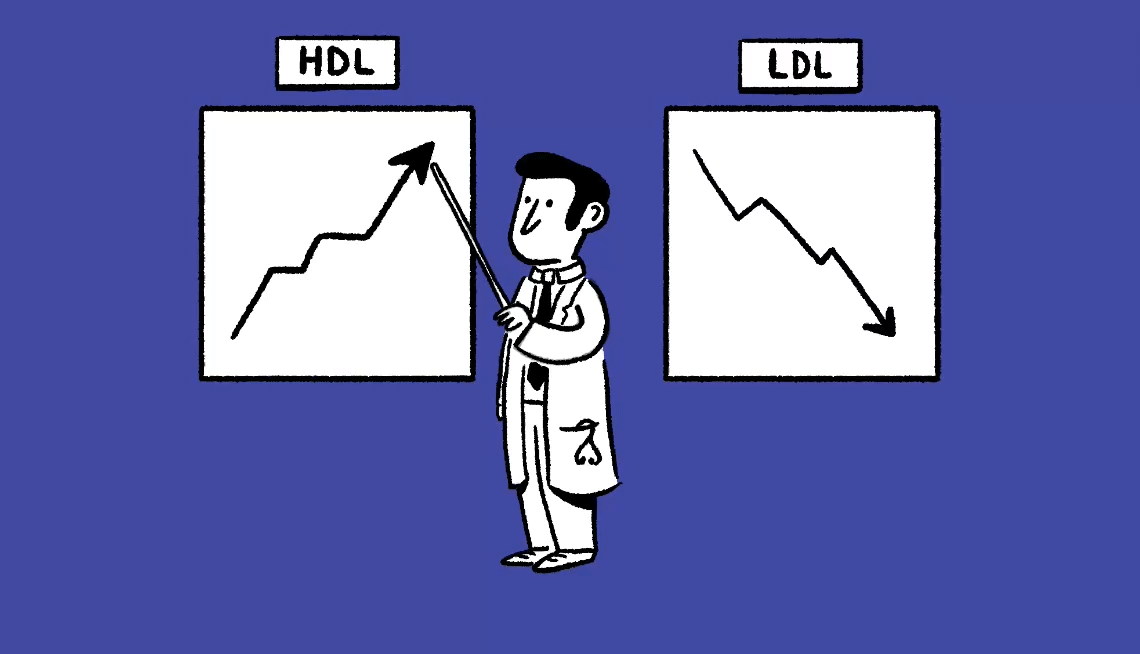
- Select a language for the TTS:
- UK English Female
- UK English Male
- US English Female
- US English Male
- Australian Female
- Australian Male
- Language selected: (auto detect) - EN
Play all audios:
_MY CHOLESTEROL IS CREEPING UP AS I AGE. WHAT CAN I DO ABOUT IT?_ “What are my cholesterol numbers?” is one of the most important age-related questions to ask yourself. I’m happy this reader
is on top of it. If you don’t know the answer, it’s a good reason to visit your doctor. Around 48 percent of adults 65 and older are diagnosed with high cholesterol. For many folks, their
risk of heart disease rises with their cholesterol. Years ago, doctors only looked at total cholesterol numbers. But now we have a deeper understanding of the process, and we check two
readings: The first is your HDL, which is the so-called “good cholesterol.” We want this to be high because it helps to remove cholesterol from your blood. Think of H for high. Ideally, the
HDL should be above 40 in men and above 50 in women. Your doctor may also check your lipoprotein (a) and apolipoprotein B, as these newer cholesterol markers can help us predict your risk.
The other is your LDL, and like the letter L, you want to keep it low. When these levels are too high, cholesterol builds up on the walls of arteries and can form plaque. It narrows our
blood vessels and increases the risk of serious heart events like heart attacks and strokes. Optimally, the LDL should be below 100 in both men and women — and even lower in high-risk
individuals. You’re considered to be high-risk if you’ve had a pre-existing cardiovascular event such as a stroke, heart attack, stent procedure, bypass surgery or have already been
diagnosed with plaque build-up. Family history is also important, especially if a first-degree relative (parent, sibling or child) had a stroke, heart attack or was diagnosed with heart
disease before the age of 60. I think an even healthier way to evaluate these numbers is to take the total cholesterol number and subtract the HDL from that number. That number should be
less than 160. Many cardiologists believe that number should actually be less than 130 if we want to protect people from heart disease. We call that non-HDL cholesterol. Although high
cholesterol is something we can see in any adult, it naturally rises as we get older. There are a few reasons for the increase. First, as we age, our liver becomes less efficient at removing
“bad” LDL from our bloodstream. Second, our metabolism slows down, and a sluggish metabolism is less efficient at removing cholesterol from the blood. Third, when people experience hormonal
fluctuations, particularly estrogen in women, their LDL tends to increase. On top of these age-related factors, high blood pressure, diabetes, smoking and inactivity contribute to a rising
LDL.


